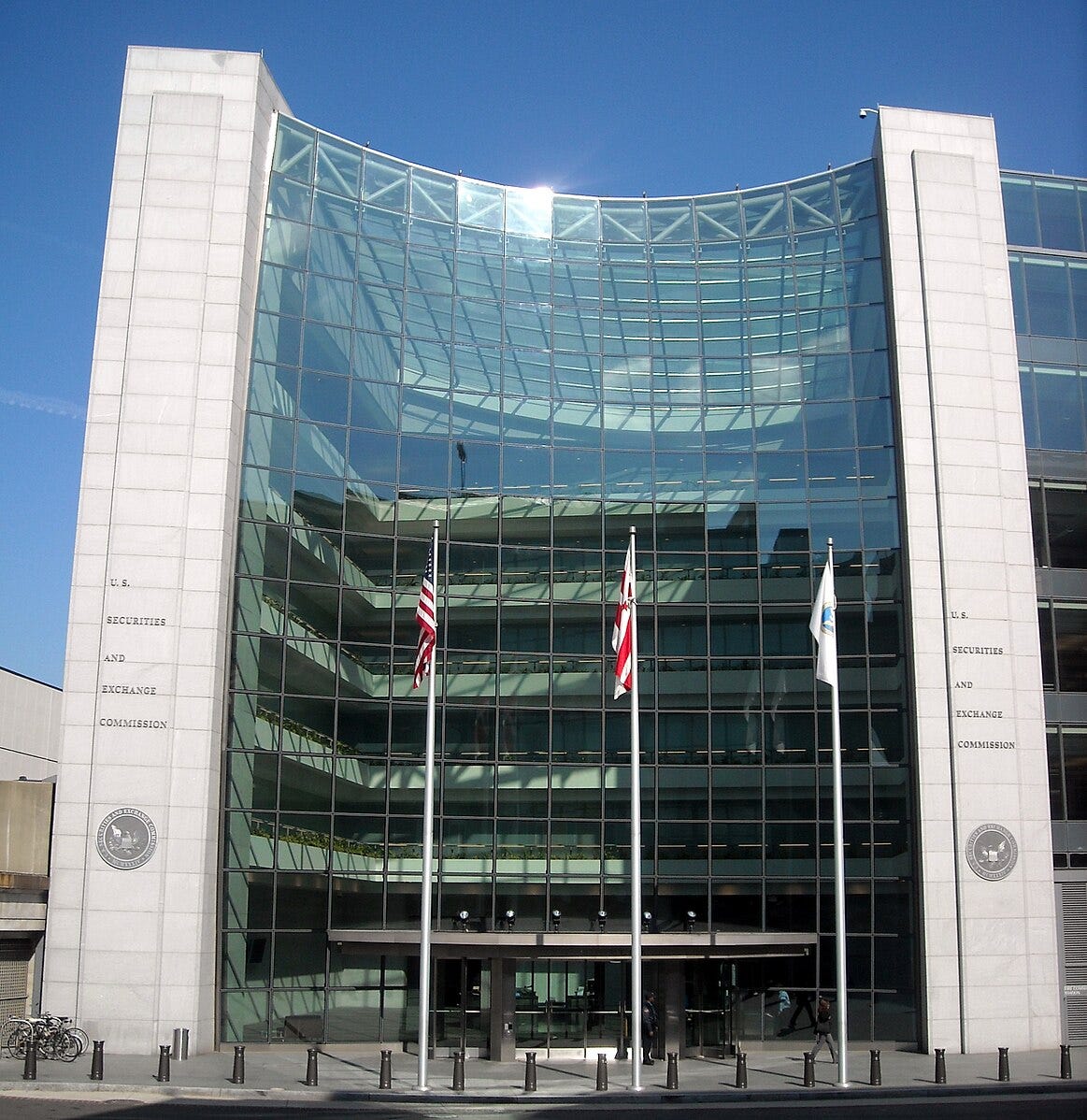Verifying Accredited Investor Status Just Got Easier
New SEC no-action letter for verifying accredited investors under Rule 506(c)
On March 12, 2025, the U.S. Securities and Exchange Commission (SEC) issued a new no-action letter related to Rule 506(c) of Regulation D. In this no-action letter, the SEC suggested that the issuer could assume that investors in the offering were ‘accredited investors’ under Regulation D if: (1) the minimum check size was $200k for individuals ($1-million for entities), (2) the investor represents and warrants that (a) the investment is not financed by a third party, and (b) the investor qualifies as an accredited investor, and (3) the issuer has no actual knowledge that the investor’s representations and warranties are untrue. For entities that qualify as accredited investors because each of its owners is an accredited investor, each underlying owner must satisfy points 2 and 3 above.
What does this mean?
This no-action letter suggests that verifying accredited investor status for Rule 506(c) offerings under Regulation D may have just gotten a lot easier. By meeting the prerequisites mentioned in the no-action letter, issuers may not always need to rely on the traditional methods of verifying accredited investor status like reviewing financial records or obtaining written confirmation from an attorney/CPA.
Why is this good?
Rule 506(c) of Regulation D is a very popular exemption allowing companies to offer and publicly advertise their private securities offerings, but it requires ‘reasonable steps to verify’ that all investors are accredited investors. Traditionally, that verification has been a burdensome process, and many issuers rely on the methods of verification listed in Rule 506(c) (e.g. reviewing IRS reports of income, reviewing bank or brokerage statements, or obtaining written confirmation from an attorney or CPA, etc.).
This recent SEC no-action letter is a big win for issuers because it outlines a streamlined path to meet the verification requirement — using high minimum investment thresholds and investor certifications — without needing intrusive third-party validation. This could significantly reduce friction in raising capital under Rule 506(c) for certain issuers.
Where to learn more?
The no-action letter referenced above can be found at - https://www.sec.gov/rules-regulations/no-action-interpretive-exemptive-letters/division-corporation-finance-no-action/latham-watkins-503c-031225
You can find the corresponding request for interpretative guidance at - https://www.sec.gov/files/corpfin/no-action/latham-watkins506c-031225-incoming.pdf
Latham & Watkins, the law firm requesting the interpretative guidance, issued a statement available at - https://www.lw.com/admin/upload/SiteAttachments/Latham-Letter-Begins-New-Era-for-Private-Capital-Fundraising.pdf
Contact an experienced attorney to see how this no-action letter might apply to your facts and circumstances.
Disclaimer
No-action letters do not alter or amend applicable statutes or regulations, and technically they are applicable only to the issuer who requested the no-action letter. However, other companies sometimes rely on no-action letters as persuasive or instructive.
This writeup is for informational purposes only, and is not intended as legal advice. This writeup is not intended to create an attorney-client relationship, and I am not your lawyer unless we have signed an engagement letter. You should hire an attorney to analyze the facts and circumstances relevant to your situation.
This writeup may be considered attorney advertising.
Photo of U.S. SEC building by AgnosticPreachersKid, via Wikimedia Commons. Licensed under CC BY-SA 3.0.
Link to image





Hi, thank you for this article. The SEC’s position seems to prioritize ease of capital formation over rigorous verification. Do you think this could lead to increased enforcement actions if bad actors exploit this streamlined process?